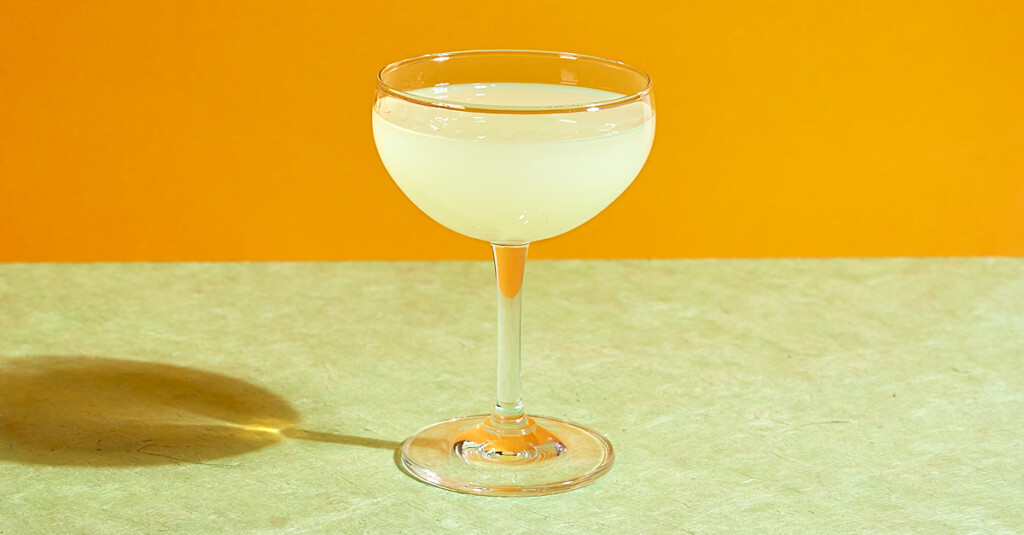The Story Behind The Death in the Afternoon
Fine wine gets a humbling dose of absinthe in the two-ingredient Death in the Afternoon. Invented by writer Ernest Hemingway, this boozy concoction packs austere licorice and anise notes from the wormwood spirit balanced by the dry but refreshing fruity qualities of Champagne.
The Death in the Afternoon is presumably named after Hemingway’s 1932 non-fiction book of the same name, which catalogs the history and traditions of Spanish bullfighting as well as the author’s thoughts on fear, bravery, and death. The recipe was first published in “So Red the Nose, or Breath in the Afternoon,” a 1935 compilation book of cocktail recipes by famous authors. The instructions read as follows: “Pour one jigger absinthe into a Champagne glass. Add iced Champagne until it attains the proper opalescent milkiness. Drink three to five of these slowly.” But unless you drink absinthe for breakfast every day, we suggest putting a two-drink limit on this one. The original recipe also includes an excerpt that claims the cocktail was created “by that author and three officers of HMS Danae after having spent seven hours overboard trying to get Capt. Bra Saunders’ fishing boat off a bank where she had gone with us in a N.W. gale.” Given the circumstances, a stiff drink was surely in order. But on top of Hemingway’s boozy preferences, the Death in the Afternoon is a true testament to absinthe’s popularity in the early 1900s.
Although it originated in Switzerland in the late 1700s, absinthe experienced a boom in France during the late 19th and early 20th centuries, particularly among expats and artist types. Thus, the spirit became a staple in bohemian culture and was beloved by a number of key modernist figures like Pablo Picasso, James Joyce, and, of course, Ernest Hemingway.
Due to absinthe’s fluctuating availability in many countries throughout most of the 20th century, bartenders have employed Pernod, or another pastis, as a substitute in this cocktail, but these days absinthe is pretty easy to obtain. The original Death in the Afternoon recipe may call for one jigger — or one and a half ounces — of absinthe, but we recommend dialing it down to one ounce to not let the strong anise flavor of the spirit overpower the Champagne. While there may be no garnish on this cocktail, the aromatic compounds in absinthe spontaneously emulsify when mixed with the Champagne, producing an opaque, honey color — similar to how cloudiness is achieved via an absinthe drip.



